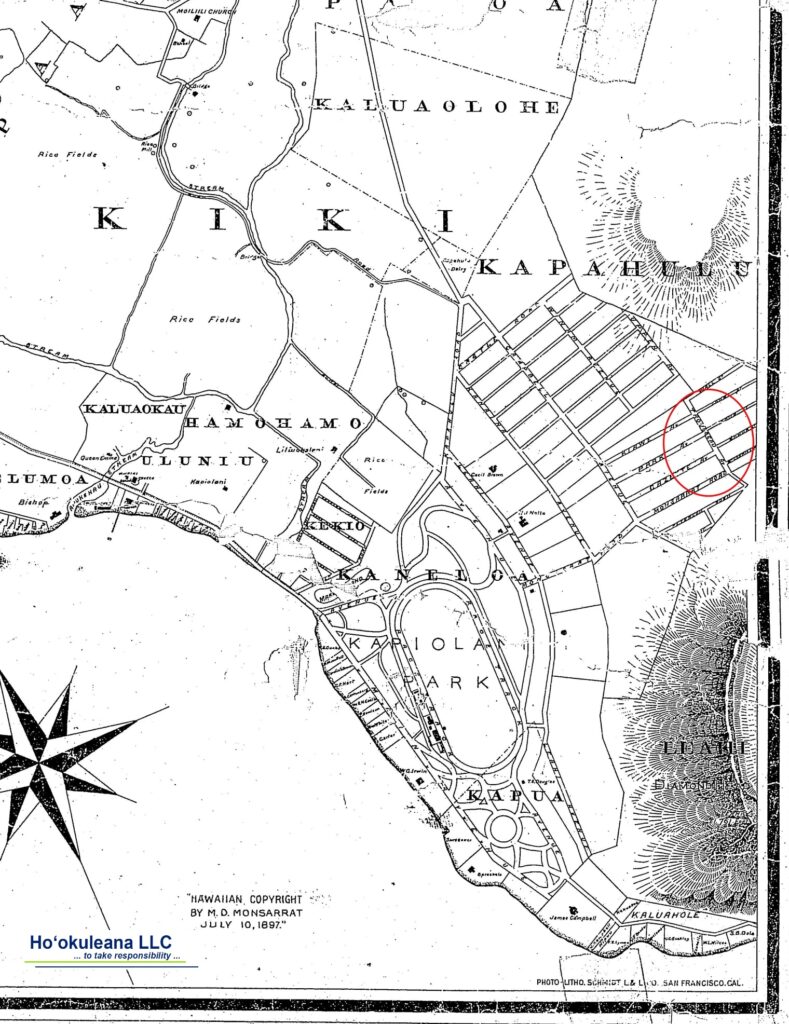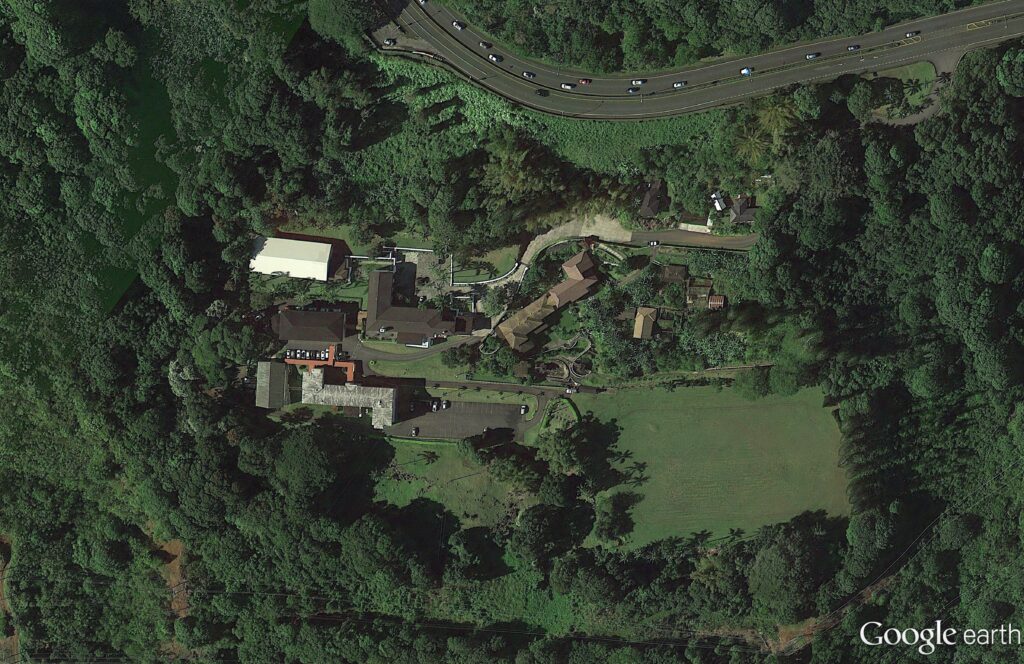While not the three amigos, these were three concurrent warriors and leaders of their respective parts of the planet – Kamehameha, Washington and Napoleon.
Each came into prominence through war and each left a mark in history in civil governance.
Kamehameha I (ca. 1758 – May 8, 1819)
Kamehameha was initially known as Paiʻea, which means “hard-shelled crab;” Kamehameha means “The Lonely One.”
Raised in the royal court of his uncle, Kalaniʻōpuʻu, Kamehameha achieved prominence in 1782, upon Kalaniʻōpuʻu’s death.
While the kingship was inherited by Kalaniʻōpuʻu’s son Kiwalaʻo, Kamehameha was given the prominent position of guardianship of the Hawaiian god of war, Kūkaʻilimoku.
In 1785, Kamehameha married Ka‘ahumanu, the daughter of one of his most trusted advisors. In 1790, he attained control of Hawai‘i Island, then he successfully invaded the Islands of Maui, Lāna‘i, Moloka‘i and O‘ahu, by 1795.
Ultimately, in 1810, Kauai‘i’s Kaumuali‘i decided to peacefully yield and unite with Kamehameha and join the rest of the Kingdom of Hawaiʻi.
Kamehameha instituted the Kānāwai Māmalahoe, the Law of the Splintered Paddle. The law, “Let every elderly person, woman and child lie by the roadside in safety,” is enshrined in the state constitution, Article 9, Section 10, and has become a model for modern human rights law regarding the treatment of civilians and other non-combatants.
George Washington (February 22, 1732 – December 14, 1799)
The first president of the United States, George Washington, serving from 1789 to 1797, is often referred to as the Father of Our Country.
He led the American victory over Great Britain in the American Revolutionary War as commander-in-chief of the Continental Army from 1775 to 1783.
After victory had been finalized in 1783, Washington resigned rather than seize power, proving his opposition to dictatorship and his commitment to the emerging American political ideology of republicanism. Washington was elected as the first president in 1789, and re-elected 1792.
Dissatisfied with the weaknesses of Articles of Confederation, in 1787, Washington presided over the Constitutional Convention that drafted the United States Constitution.
Napoleon Bonaparte (August 15, 1769 – May 5, 1821)
Napoleon was a French military and political leader during the latter stages of the French Revolution.
As Napoleon I, he was Emperor of the French from 1804 to 1815. He is remembered for his role in the wars led against France by a series of coalitions, the so-called Napoleonic Wars.
His legal reform, the Napoleonic Code (with enhanced civil rights, property rights and class privileges were extinguished,) has been a major influence on many civil law jurisdictions worldwide.
After a streak of victories, France secured a dominant position in continental Europe and Napoleon maintained the French sphere of influence through the formation of extensive alliances. Ultimately, in June 1815, Napoleon was defeated at Waterloo; he spent the last six years of his life in confinement by the British.
I find it interesting to see what these three notable leaders were doing at the same time in disparate and unconnected parts of the world.
I don’t know about you, but I am curious and fascinated in looking at similar timeframes and comparing histories of different parts of the world.



































